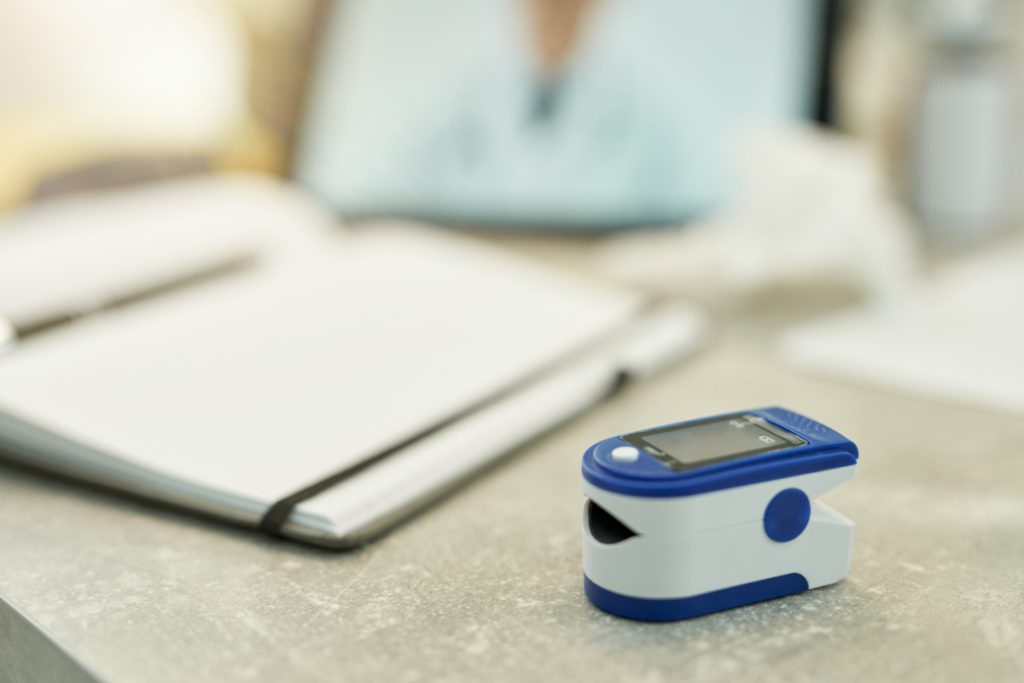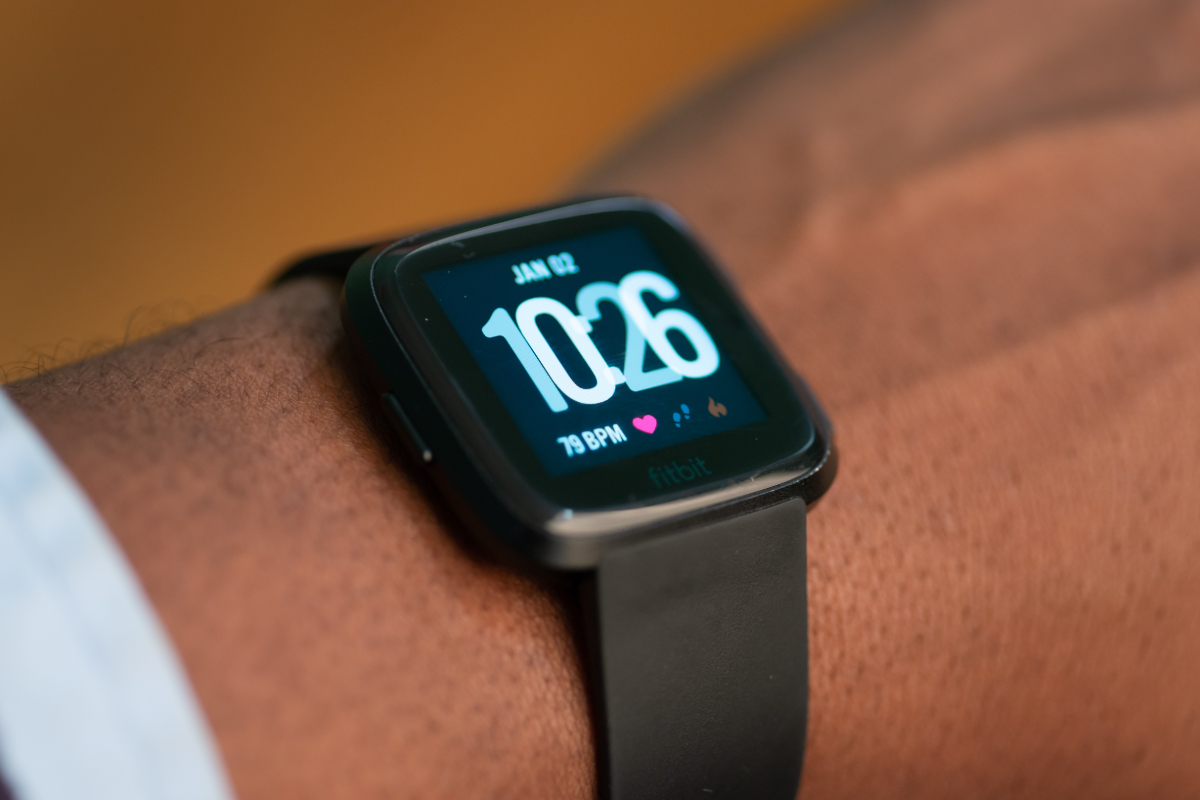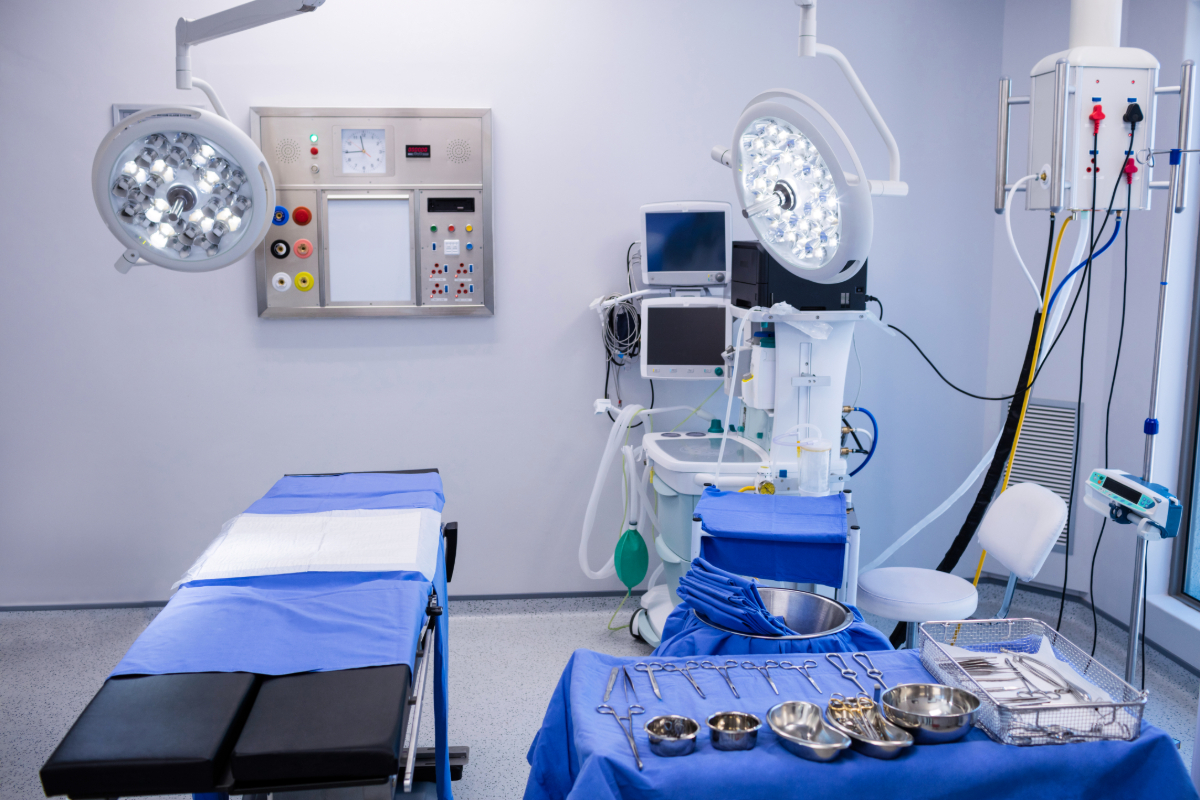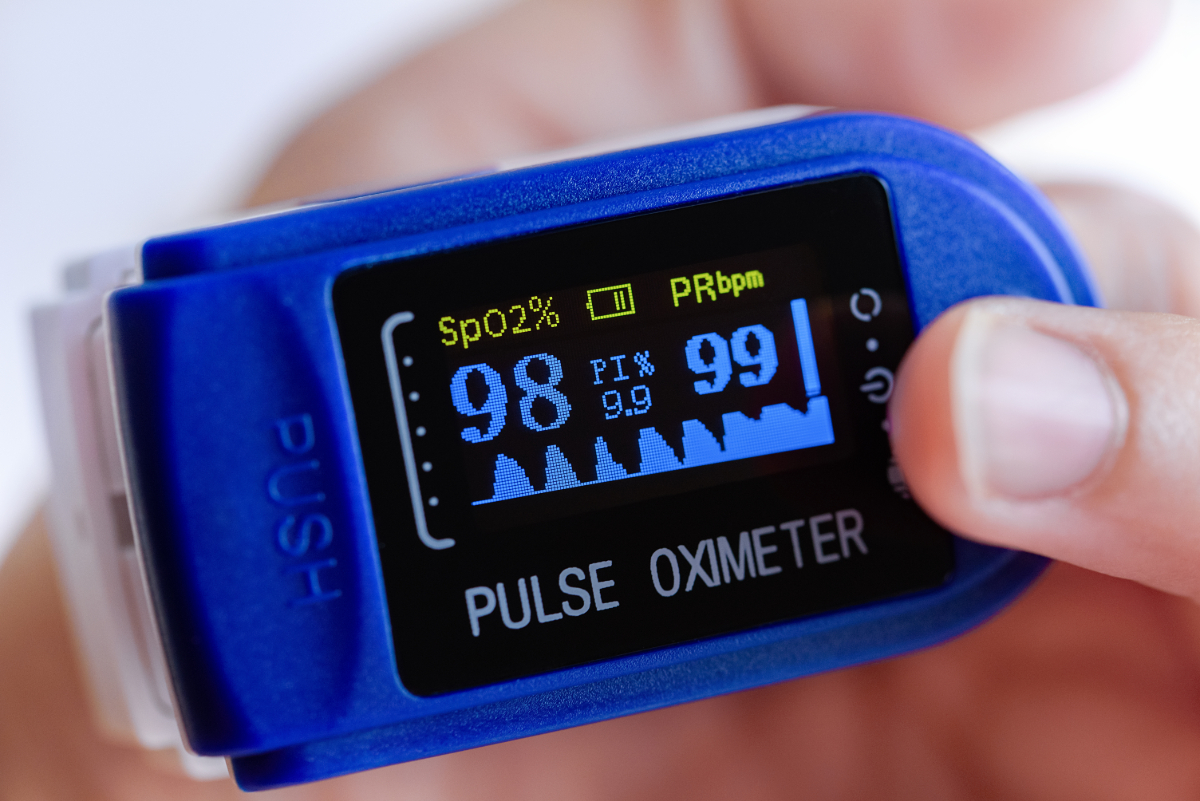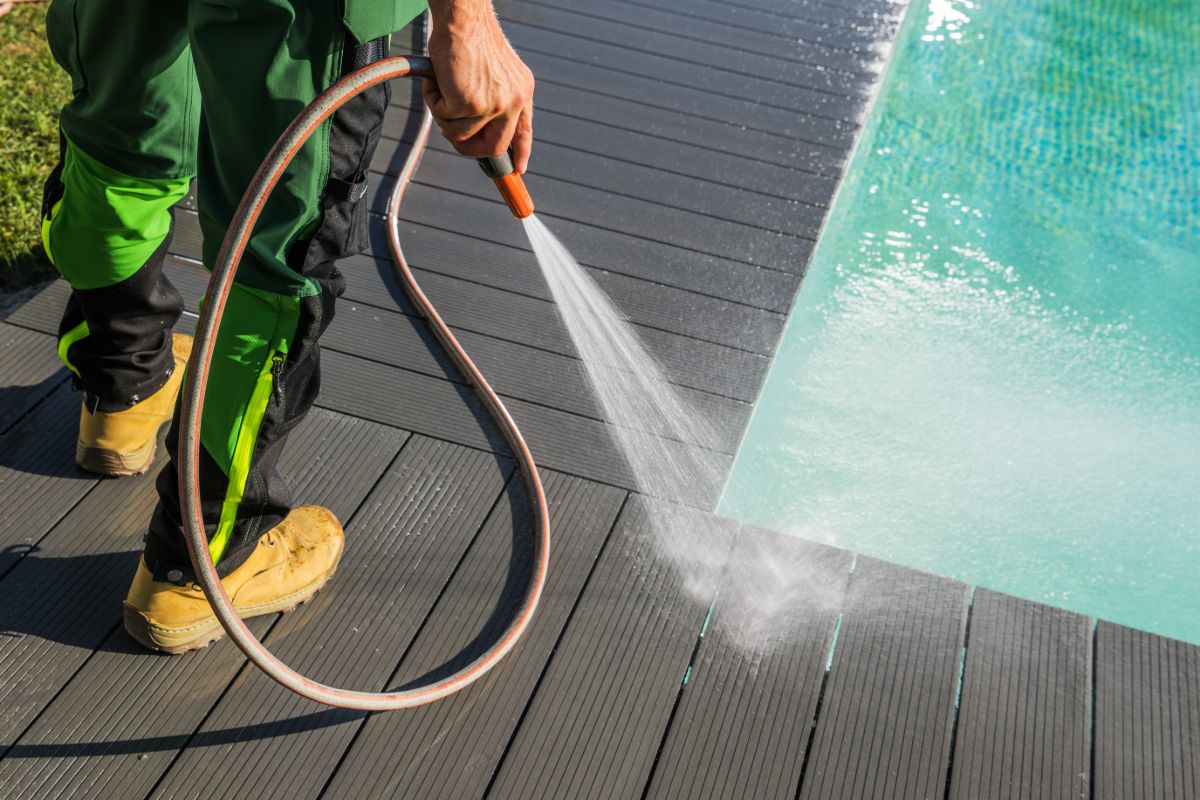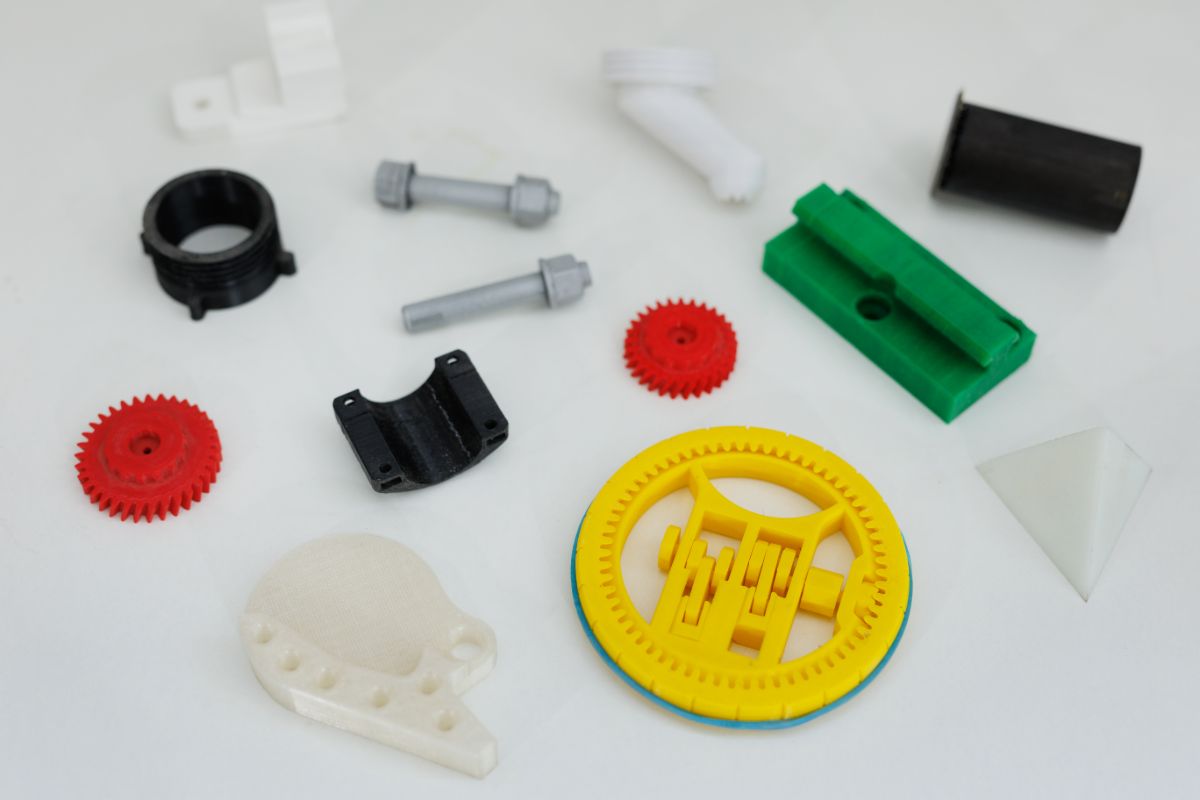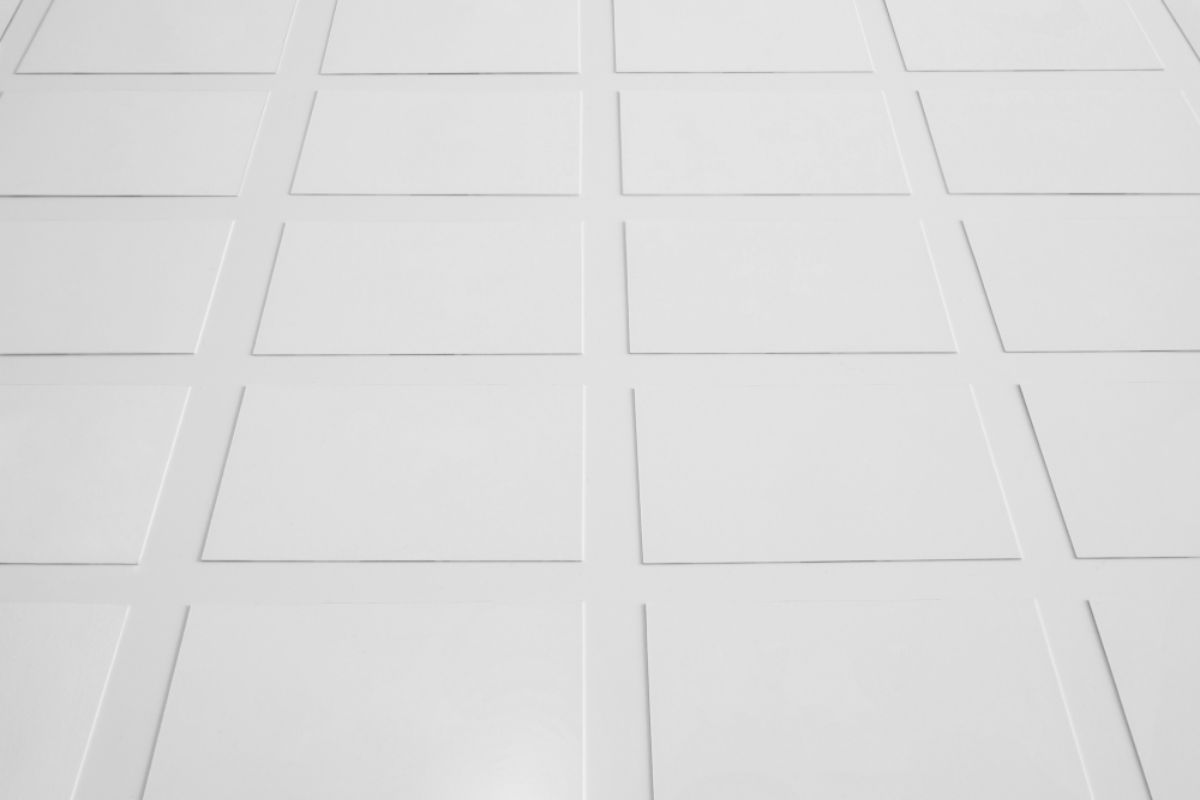What are the plastic medical device trends for 2022?
- Consumer wearables
- Miniaturization to increase portability and utility
- Impact-resistant and flame-retardant materials are a must
- Quality and compliance earlier in the production cycle
- The emergence of home monitoring medical devices
- Digitization and data-ecosystems
Plastics play a big role in many industries — especially in healthcare. They are used in making countless medical devices and components that the healthcare industry uses to treat patients and save lives. And, the plastic injection molding industry is vital in creating those devices.
As with any industry, there is constant development when it comes to plastics in the medical field, which in turn impacts how we manufacture things. Here are six plastic medical device trends for 2022 that will continue to develop the tools and equipment we see in the healthcare industry.
Consumer Wearables
Wearable devices are all the rage — even in the healthcare industry. These smart devices can monitor several things, including your vitals, and healthcare practitioners are increasingly adopting this technology to monitor patient health outside the hospital. Things like sudden spikes in blood pressure or a lack of oxygen can easily be flagged by these devices. This, in turn, helps improve general wellness and preventative medicine practices.
These devices use what we call software as a medical device (SaMD), and the Internet of Medical Things (IoMT) to monitor and track one’s health on the go. Their increased adoption drives the manufacturing of plastic enclosures and components, as well as the need for integrating quality and compliance with their design process earlier on. Injection molding plays a big role in ensuring these wearable devices are made efficiently and using faster product development processes.
Miniaturization To Increase Portability And Utility
Miniaturization is an emerging trend due to the increasing demand for portable and less invasive devices. Patients want shorter hospital stays, resulting in a demand for portable monitoring equipment that the patient can wear during their recovery period. Patients also want smaller devices that can be discreetly and easily worn while they go about their day if they are allowed to do the monitoring period out of the hospital.
This demand leads to a need for smaller instruments, which must be tightly assembled with no wasted space — something that injection molding is capable of creating. These new demands on medical components push for medical device designs to lean towards miniaturization, meaning smaller and lighter plastic parts.
Chemical, Impact, And Flame-Resistant Materials Are A Must
Medical devices are exposed to more demanding environments than before. Since 2020, strict COVID-19 protocols and the rise of hospital-acquired infections (HAIs) pushed healthcare facilities to sterilize their devices more frequently. This means a harsher class of disinfectants is applied constantly — leading to increased stress, cracking, corrosion, and discoloration over time. To overcome this, plastic devices must be designed using highly chemical-resistant materials to withstand constant and aggressive disinfection.
Also due to the hectic environment of the medical industry today, medical devices are exposed to more moving than before. These devices must be able to withstand being bumped, tipped, or dropped when used. This is why impact-resistant materials are also a must.
Likewise, to meet basic safety standards, new medical devices using electronics — particularly those with wiring — must be made with flame-retardant materials or additives. This is necessary to reduce the risk of electrical fires.
Quality And Compliance Earlier In The Production Cycle
Quality and compliance checks are an integral part of any product development process. Doing these checks allows manufacturers to lessen costs, improve product quality, and reduce cycle times.
Most injection molding companies have quality and compliance checks during the manufacturing phase and continue doing so intermittently through the service life of the plastic products.
However, in 2022, more and more competition in the medical field is pushing injection molders to include quality and compliance checks as early as the design stage. Following this trend will help improve one’s bottom line while also improving long-term customer satisfaction.
The Emergence Of Home Monitoring Medical Devices
The hesitation of many to return to regular hospital visits and checkups has led to the development and the adoption of innovative home monitoring devices. This includes equipment such as oximeters, heart rate monitors, and other devices that allow users to monitor their vital signs at home.
Newer devices feature options to connect to healthcare providers or allow users to create at-home care units in cases of emergency. The growing market for medical devices increases the need for various plastic components (like enclosures), services (eg: inset molding), and resins (like Polyethylene).
Digitization And Data-Ecosystems
Data is one of the biggest trends in the medical industry. By data, we mean that the medical industry is moving towards total digitization, which is key to creating a better patient experience and healthcare practices.
To create robust data ecosystems within different healthcare facilities, the industry uses shared platforms, specifically cloud systems, to create unified data that can be accessed across various hospitals and clinics. This improves responsiveness, visibility, and collaboration amongst healthcare providers.
For the mold-making industry, this trend pushes an increased demand for plastic-electronic parts, as more and more terminals and scanners are needed for a digitized space.
Key Takeaway
Overall, the six trends for plastic medical devices in 2022 show that the industry is moving towards streamlined patient care, minimally invasive and portable devices, and improved user experience. This movement influences plastic injection molding practices, creating a greater need for precision mold makers and manufacturers to fulfill new demands.
At Richfields, we provide high-quality injection molding services in the US by constantly analyzing evolving markets, and quickly adapting to new trends. We are equipped to create only the best precision molds for even the most complicated applications — contact us today to learn how, and how our team can help you create your medical products and devices.
